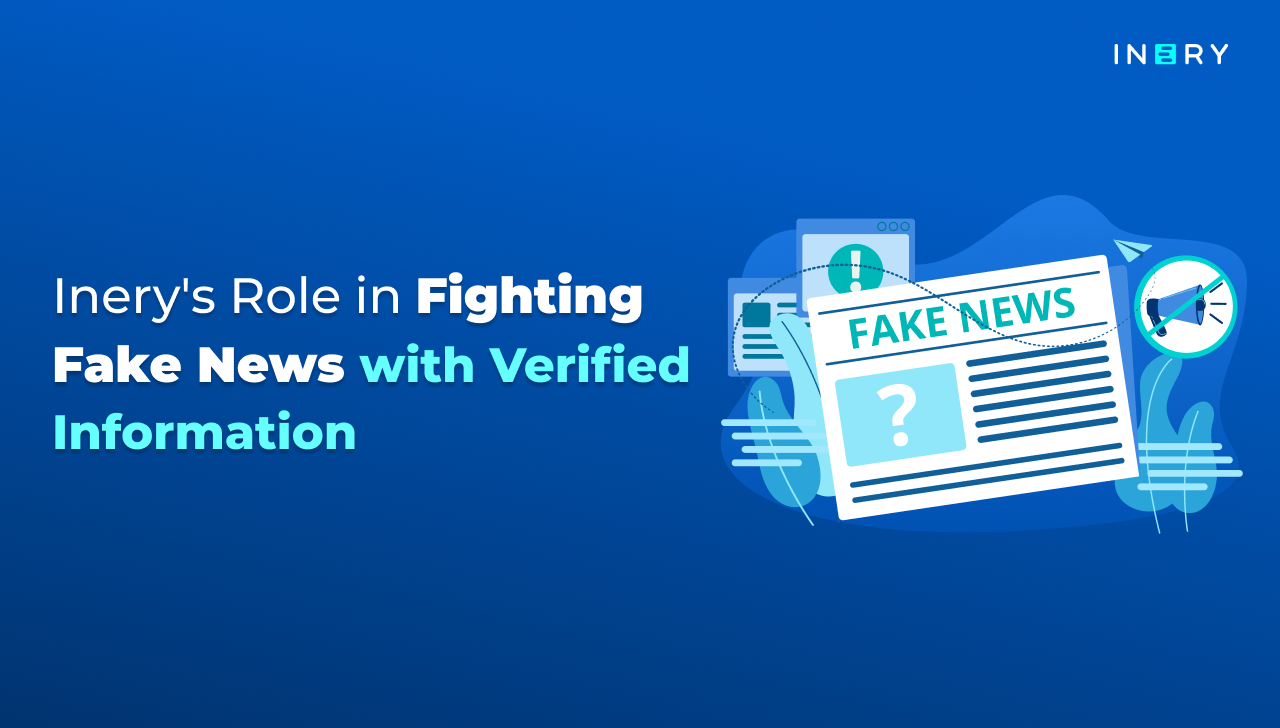Whether we like to admit it or fully acknowledge it, the “ugly” truth is that we’re used to giving up control. Every time we open an app, transfer money, submit a form online, or even Google the difference between affect and effect, we trust someone else to handle our data. Banks, platforms, cloud providers, hosting services.. They’re the middle layers that have become so common we’ve stopped noticing them. As time goes by, the cost of this convenience is growing clearer: lost privacy, limited visibility, and exposure to risk that users can’t influence or mitigate. This doesn’t go just for casual users. This goes for companies, governments, enterprises, whole sectors, you name it.
When we first started building Inery, one thing was obvious: the current model puts too much control in the hands of too few actors, with safety guards that don’t exactly work. We set out to flip that balance and create something new. Something infallible. Now, we’re faced with the question: “How?” Let’s uncover it.
From Users to Companies and Sectors
For users, the risks of centralization often go unnoticed. Of course, until something breaks. From lost access to compromised privacy, centralized systems leave individuals vulnerable. Consider what happens when a single platform goes down: in 2021, Facebook's outage took down WhatsApp and Instagram too, disabling communication for billions. Or think about what it means when a platform decides you’ve violated its terms.
One click, and years of messages, media, and data vanish. Add to that the very real concern of data misuse, like the Cambridge Analytica scandal, where user data was harvested and exploited. It’s clear that the trade-off for convenience is steep. Users surrender not just access and privacy, but ownership as well.
For companies, the dependency runs even deeper. Relying on one cloud provider or CRM may seem efficient until switching becomes expensive or impossible. It’s what the industry calls vendor lock-in, and it limits innovation as much as it endangers operations. When Slack or Zoom go down, entire workforces grind to a halt. When systems like Equifax are breached, customer trust, company reputation and revenue, take a nosedive. Some companies never recover from such a hit. Even basic interoperability becomes a challenge when tools restrict access to APIs or data exports.
Now, let’s zoom out to a sector-wide view, and the stakes get even higher. The centralization of infrastructure in energy, finance, or commerce introduces systemic fragility. The 2021 Colonial Pipeline ransomware attack didn’t just hit one company – it impacted fuel distribution across the entire U.S. East Coast. Meanwhile, tech monopolies act as gatekeepers, setting high costs and conditions for access. App developers, for instance, must pay hefty commissions to Apple just to distribute their product. And with centralized players holding mountains of behavioral data, entire markets operate with a disadvantage. Those without access are left innovating in the dark.
In plain English, this means billions of dollars lost every year to outages, ransomware, and inefficiencies. It means 147 million users exposed in one breach, and businesses going offline because one link in the chain failed. It means critical data – on patients, citizens, supply chains, etc. floating in the hands of a few actors with no transparency. Imagine being locked out of your entire business because your provider went down. Or finding out your customer data was sold... again. That’s not just inconvenient. That’s a structural risk no one can afford.
How Inery Puts The Power Back In Your Hands
With Inery’s decentralized infrastructure, there’s no single point of authority. Data isn’t funneled through one provider or locked away in proprietary systems. It lives on a distributed network that verifies, stores, and protects data without relying on a middleman.
You define who can see what and when. Permissions are handled on your terms. Every transaction is recorded, every access point is visible, and every piece of data stays traceable within the system. Why? Well, it’s about operational clarity, transparency, and reducing the surface area for failure.
Where It Matters
This becomes especially important in sectors where data flows constantly and often across multiple parties:
In healthcare, where medical records are passed between specialists, labs, and insurers, Inery lets patients decide who can view and update their data.
In finance, where customer data is usually processed through multiple systems, institutions can now manage access without exposing sensitive information to external processors.
In supply chains, where tracking data often gets bottlenecked between platforms, Inery makes it possible for each participant to contribute, validate, and view records in real time, without waiting for a third-party clearinghouse.
Even in consumer-facing platforms, decentralization creates space for a fairer exchange. Imagine social media that doesn’t mine your data behind closed doors or storage services where your files aren’t subject to someone else’s policy change.
Less overhead. More autonomy.
By removing centralized control points, Inery is offering an entirely different approach. One that removes bottlenecks, reduces overhead, and gives users the tools to define their own data relationships. Not just a plain “workaround” that ends up inevitably failing.
While avoiding risks is a great upside, it’s not the whole point. It’s about designing systems that handle risk more intelligently, where compromise doesn’t mean collapse, and where users don’t need to trust a platform in order to interact with it.
The goal is simple: take the logic that once made intermediaries necessary, and replace it with architecture that makes them unnecessary.
And in that process, give the power back to you. To your company. To the sector you work for.
Inery gives users, not intermediaries, control over how data is created, stored, accessed, and shared. That means full visibility into what happens to your information. That means being able to set the rules, instead of hoping someone else follows them.

Inery•
1 year ago
Empowering Smart Cities with Inery's Data Solutions
Discover how Inery can revolutionize urban living by enhancing sustainability, fostering innovation, and protecting data privacy. ...READ MORE
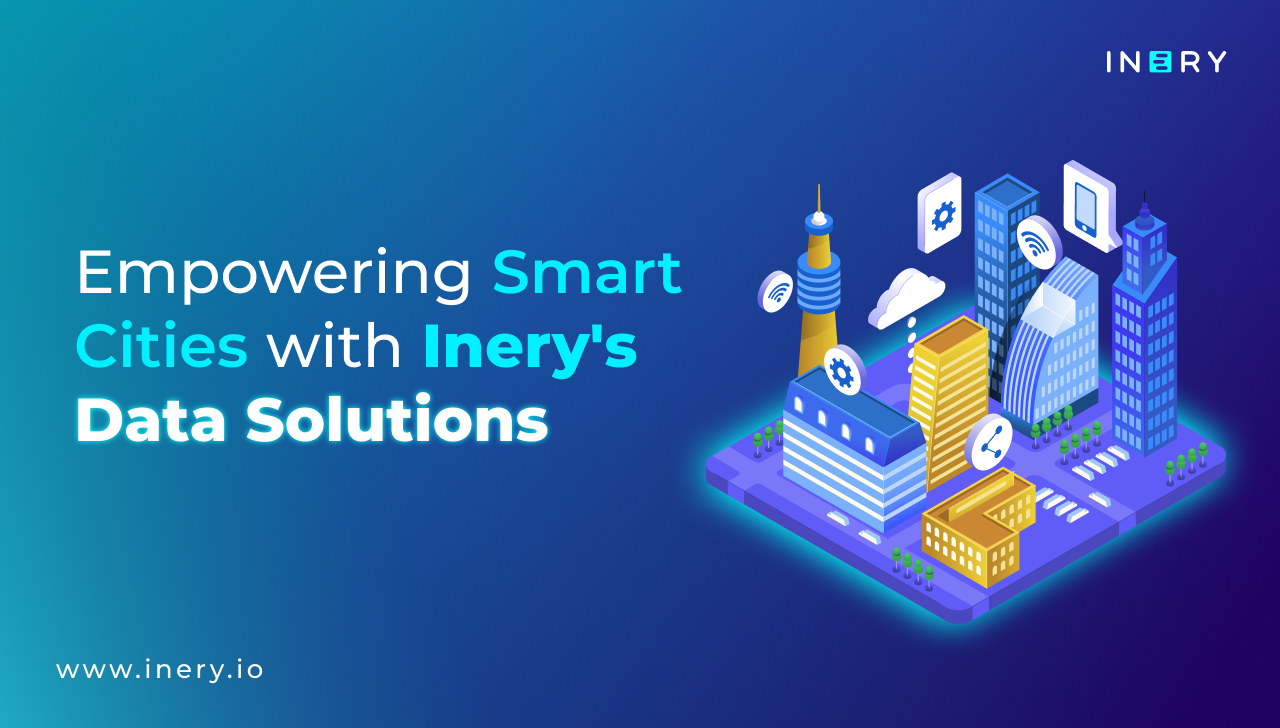
Share

Inery•
1 year ago
IneryDB – Where Edge Computing Meets Blockchain
Explore the benefits of edge computing and learn how Inery’s blockchain-powered DBMS enhances security, scalability, and efficiency across various applications. ...READ MORE
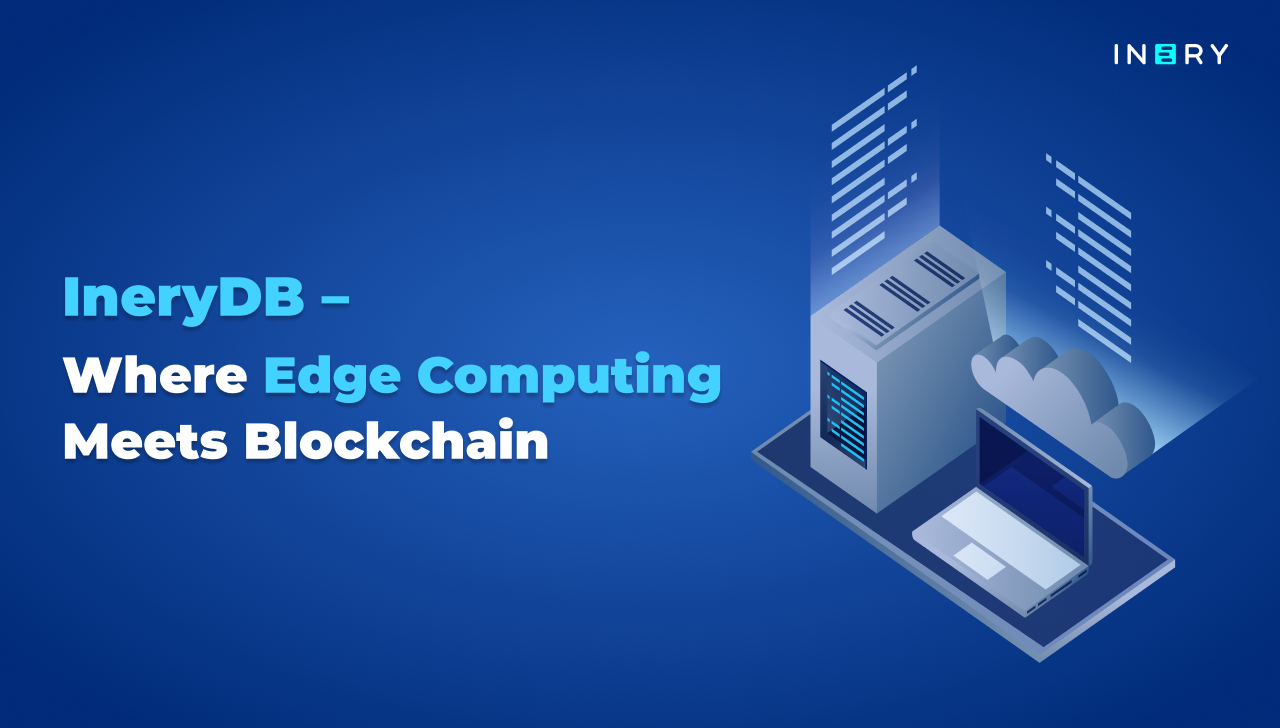
Share

Inery•
1 year ago
Blockchain and Big Data: How Inery is Leading the Charge
Learn how Inery leverages blockchain and big data to set new standards in secure, decentralized data management. ...READ MORE
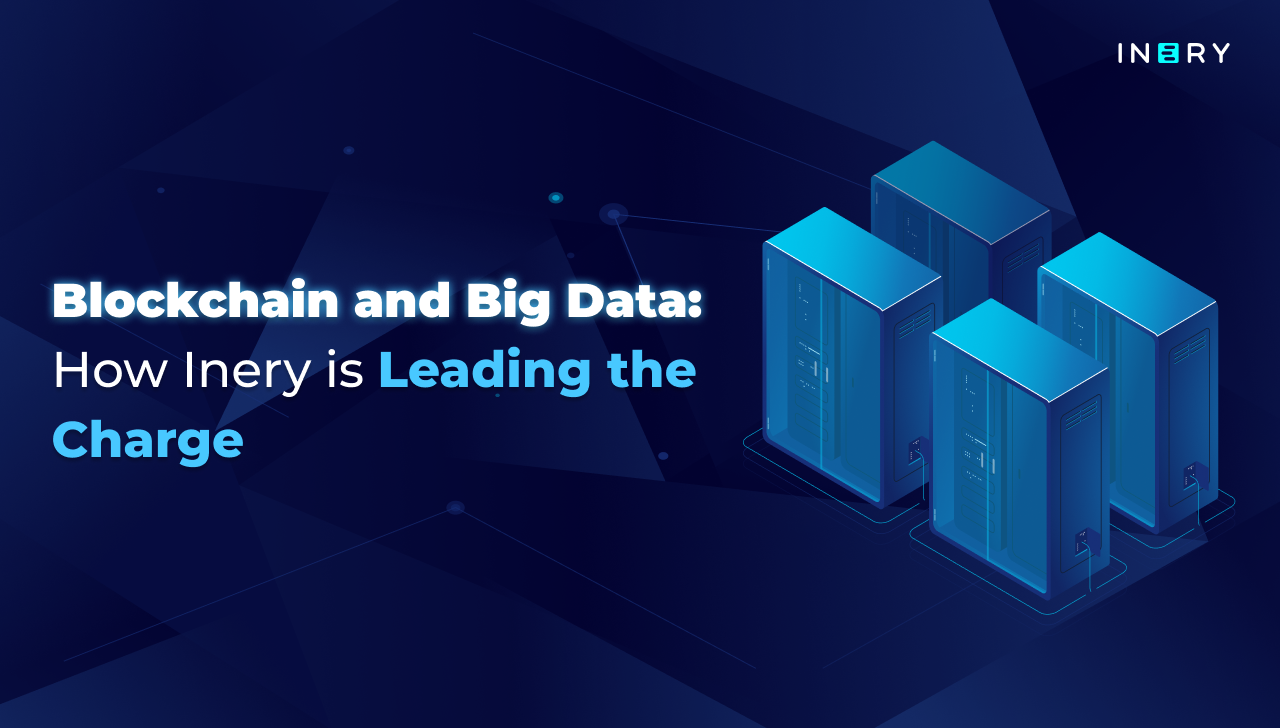
Share

Inery•
2 years ago
The True Cost of Centralized Database Management
The faults of centralized database management harm companies and consumers every day. Click here to see how—and how to avoid the cost. ...READ MORE
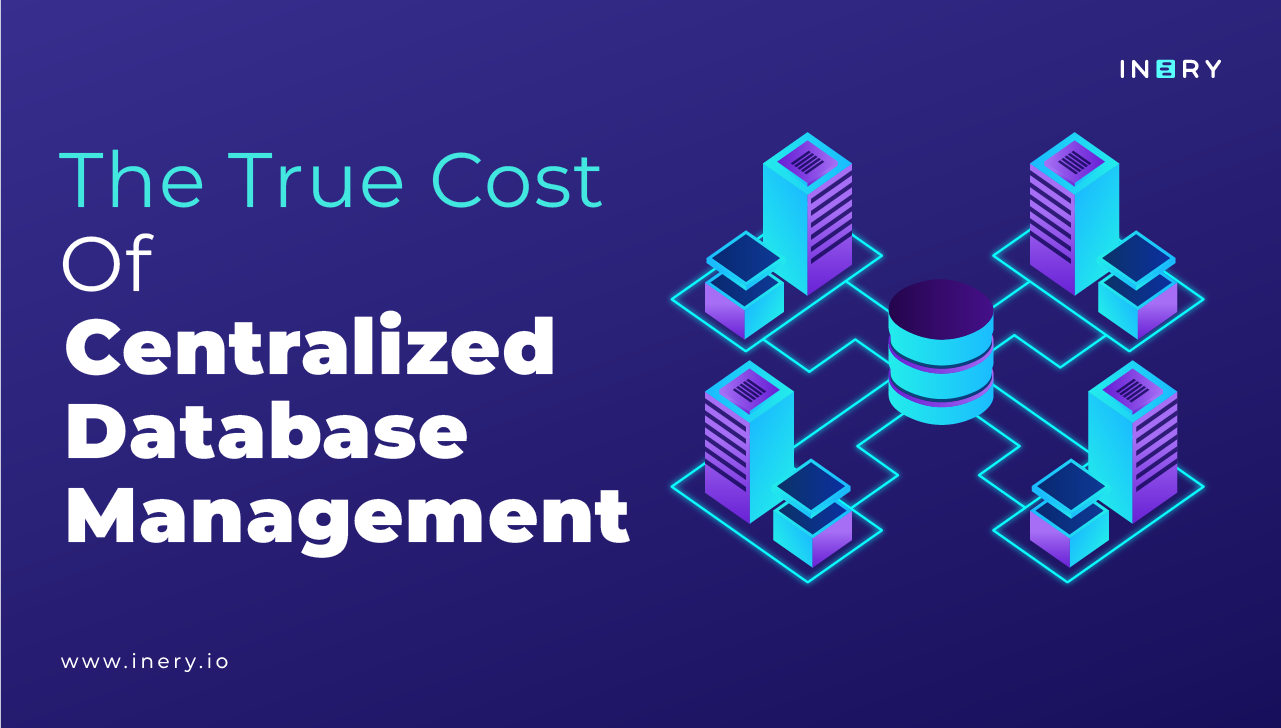
Share
Most popular today

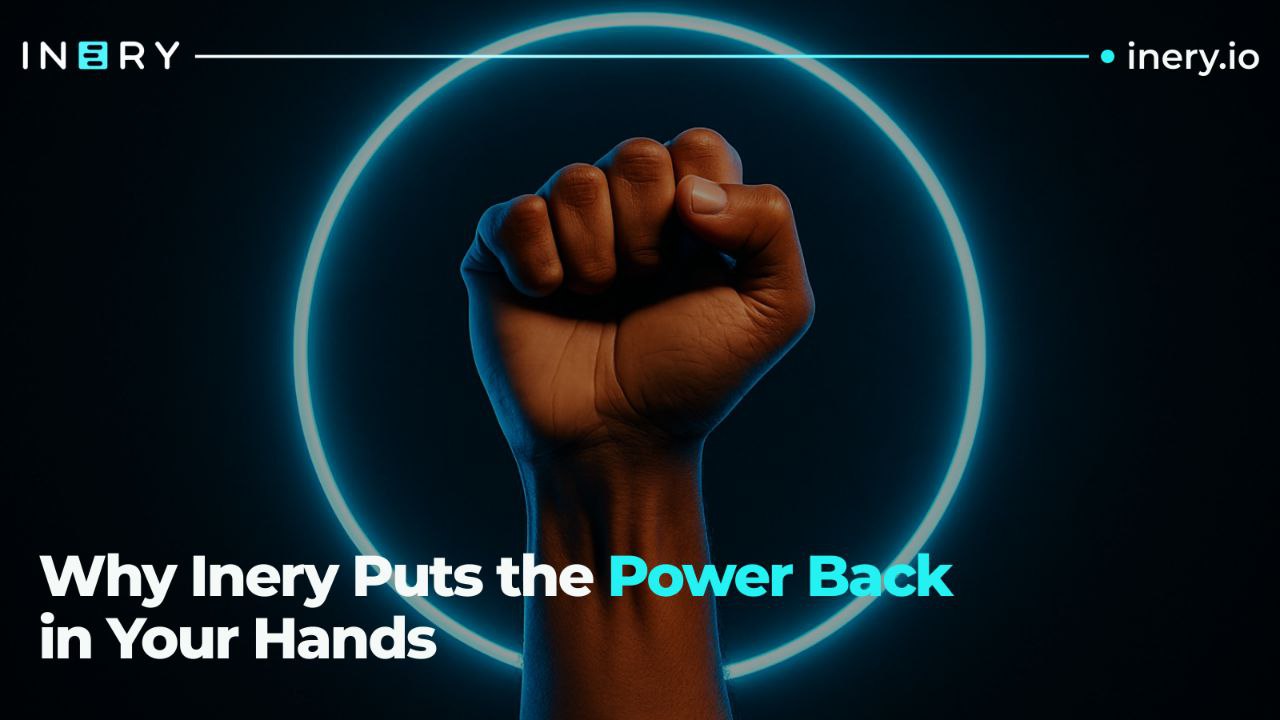
-1697699665.png)
